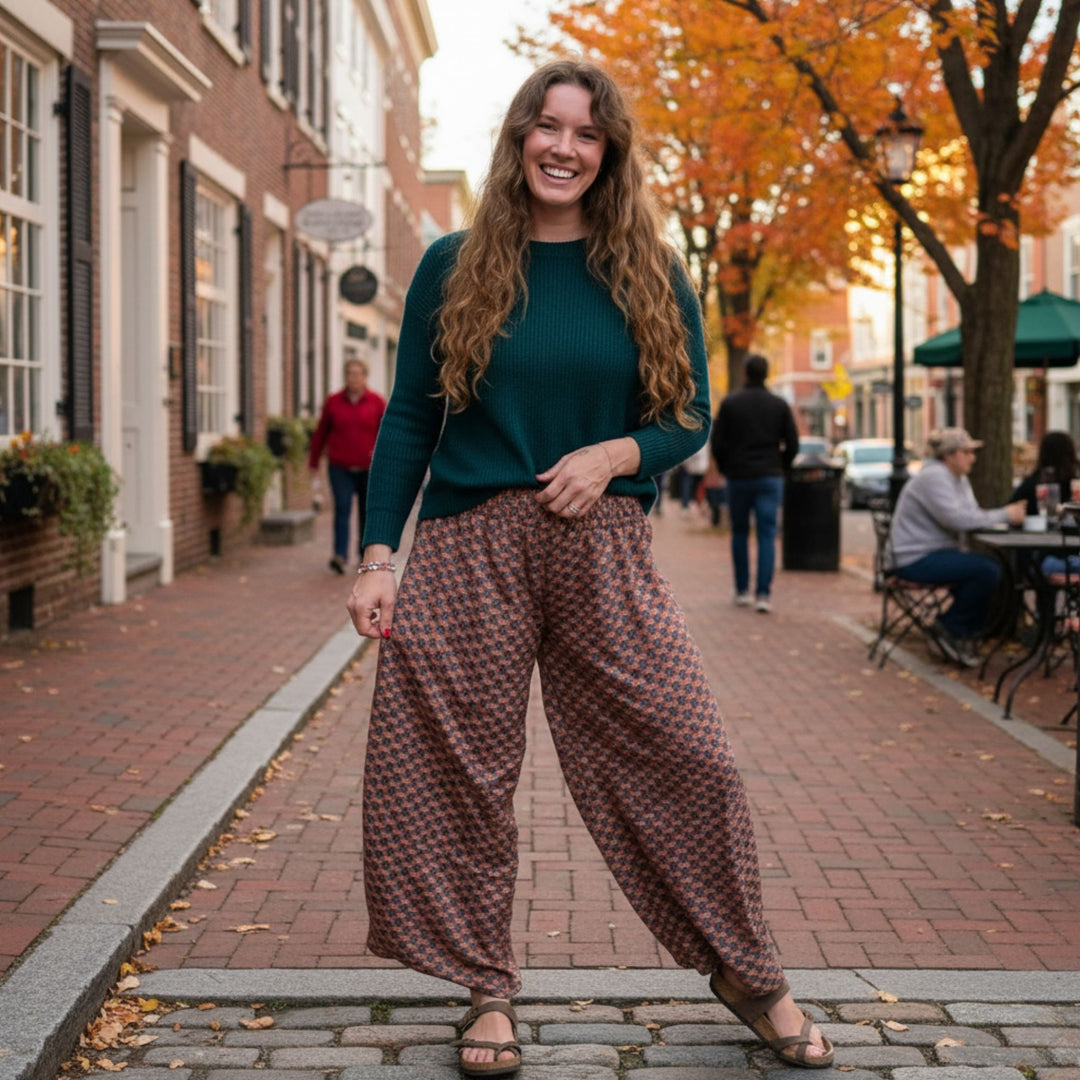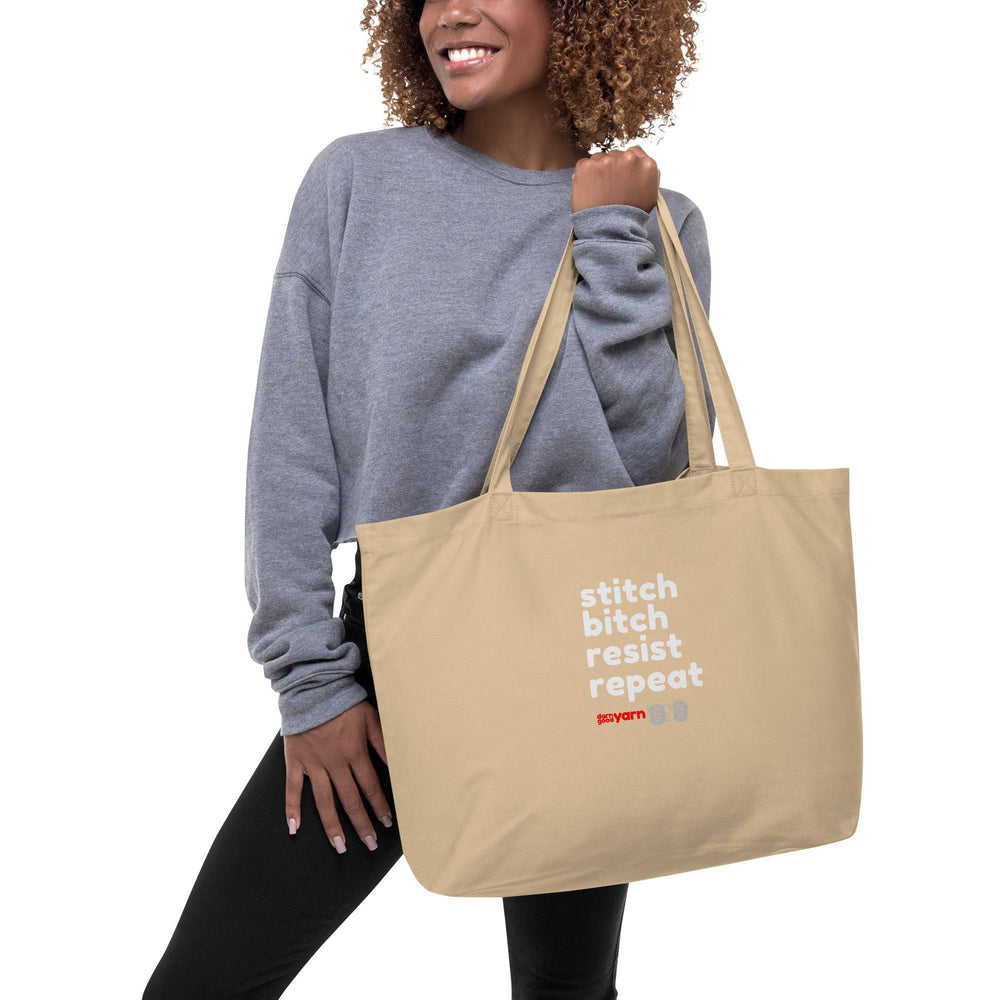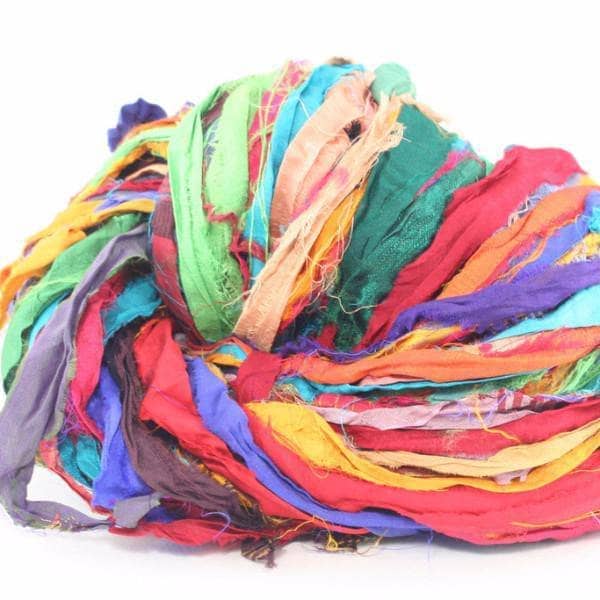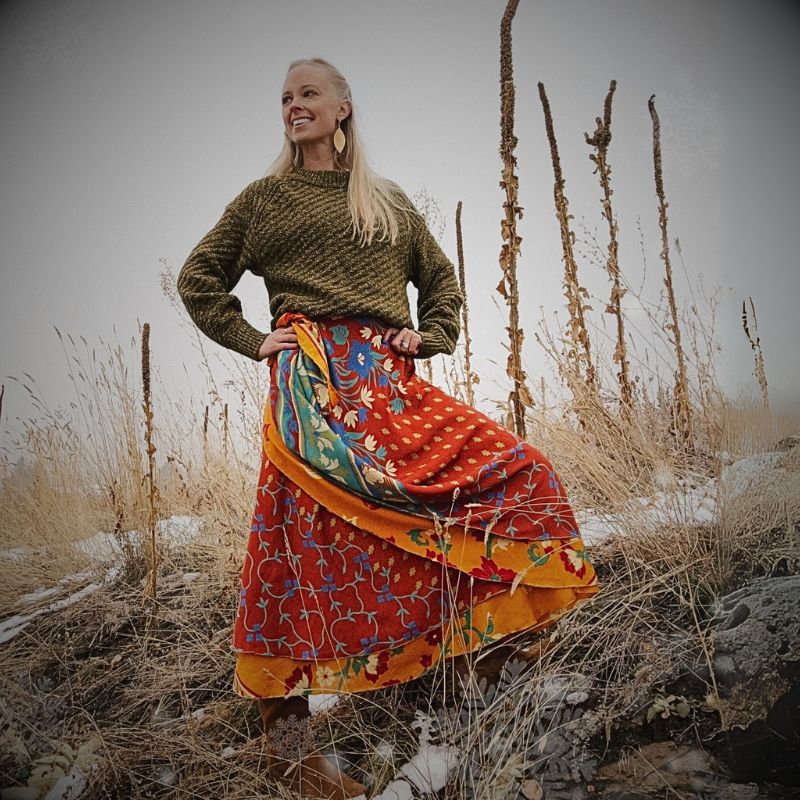Written by Michaela MacBlake Matthews
For The Magenta Soul
What does the color magenta signal to the brain? How does it make us feel? How is magenta different from red?
In pigment mixing, magenta is actually a primary color! You can add yellow to make it red, but you can’t mix from red to get magenta. If you try, you’ll get a lighter, chalkier shade of pink.
Magenta has the feeling of a short wavelength, like red, which comes across as a very active color. Unlike red though, it doesn’t have the aggressive and assertive quality that has made red so popular in competitive corners of the world.
Magenta has some of the activity and passion of red, but also the sociability and whimsy of pink. If the three shades could stand in a room together, they would all love to talk, but magenta would also love to listen.

Magenta can be slightly darkened to a vibrant maroon-like tone, to keep the whimsy and freshness of youth alive, while still maintaining some adult poise.
When paired with yellow, it feels like a vacation! Yellow and magenta have all the vibrance of the warm colors, without the more grounding orange, or ambitious red. Together, magenta and yellow are a pure party duo.
Using magenta in your creative projects is a great way to add sociability to any color palette. As red loves to do, and blue loves to think, magenta’s place right between the ends of the light spectrum has everything to do with bringing things, and people, together.
 Rewards
Rewards





















